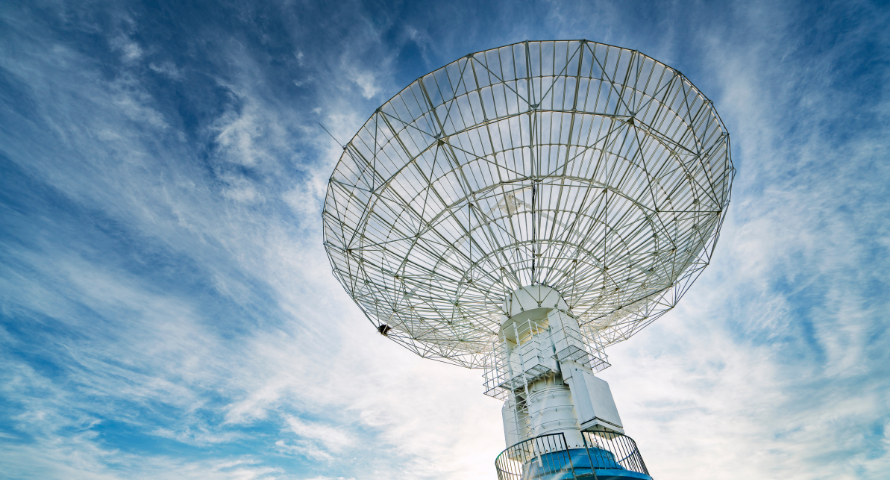Data Security in Satellite Systems
14 November 2024
Satellite systems provide critical services across a broad spectrum, from communication to positioning. However, the global nature of data transmission in these systems poses various security risks. Ensuring the protection and security of data during satellite communication requires the use of encryption and security protocols to prevent unauthorized access and attacks. In this article, we will explore how data security is maintained in satellite systems, including encryption techniques and security protocols.
Satellite systems are at high risk in terms of security because they transmit sensitive and strategic information. These systems are vulnerable to cyberattacks, data theft, and service disruptions, as they carry military, commercial, and scientific data. Especially critical infrastructure and military satellite systems are among the areas most affected by such threats. The primary security threats include unauthorized data access, jamming, data manipulation, identity forgery, and malware attacks targeting satellite systems.
Encryption is one of the fundamental methods for ensuring data security in satellite systems. Through encryption, only authorized users can read the data, and the data remains secure during transmission. Symmetric encryption uses the same key for both encryption and decryption. It is preferred particularly when fast data transfer is needed between the satellite and ground stations; however, key management can be challenging. Asymmetric encryption, on the other hand, uses different keys (typically a public key and a private key) for encrypting and decrypting data. This method is particularly important for the transmission of sensitive data that requires a high level of security. Some satellite systems use hybrid encryption methods by combining symmetric and asymmetric encryption systems, providing a balance between security and speed.
Security protocols consist of rules and standards used to enhance security in satellite communication systems. Some of the most common security protocols are as follows: IPsec encrypts network traffic, enabling data to be securely transmitted over the internet and ensuring the confidentiality and integrity of data in satellite communication. TLS encrypts data, establishing a secure communication channel between two parties, and is used in satellite systems to secure data communication between ground stations and other servers. SSL is a data encryption protocol that prevents data from being read by unauthorized individuals. While it has some risks in older versions, the current TLS protocol is widely used alongside SSL to ensure data security in satellite connections. AES is a strong symmetric encryption algorithm used to encrypt data, and it is commonly preferred in satellite communication due to its fast data encryption and decryption capability.
For satellite security, it is important to use strong encryption, regularly update satellite systems with software updates and security patches, restrict access to satellite-ground station connections to authorized personnel only, and prevent potential attacks through continuous network monitoring and security testing.
In conclusion, satellite systems have a wide range of uses, but they also carry security risks. Data can be protected through strong encryption methods and security protocols. Companies can establish a secure infrastructure by constantly updating security measures in satellite systems and following best practices. A secure satellite network provides a safer communication environment not only for companies but also for all users.
 EN
EN
 TR
TR
